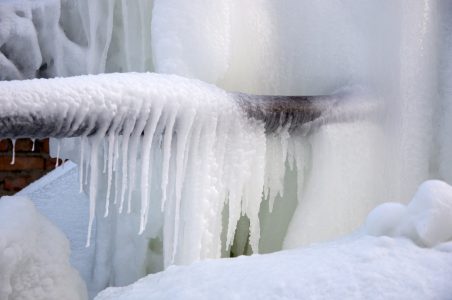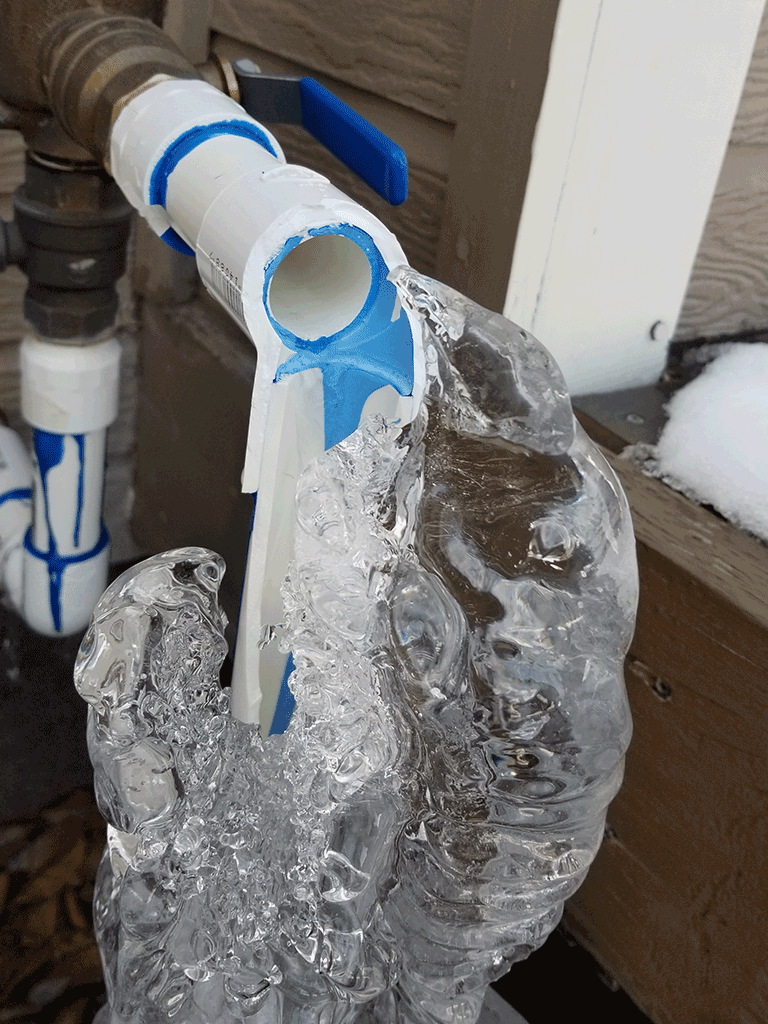Tips to Prevent Frozen Pipes in Winter: Expert Guidance
Tips to Prevent Frozen Pipes in Winter: Expert Guidance
Blog Article
What're your ideas on How to prepare your home plumbing for winter weather?

Cold weather can ruin your pipes, specifically by freezing pipes. Here's just how to prevent it from taking place and what to do if it does.
Introduction
As temperature levels drop, the threat of frozen pipelines boosts, possibly resulting in pricey repair work and water damages. Understanding exactly how to stop frozen pipes is vital for home owners in cold environments.
Understanding Frozen Pipes
What triggers pipelines to ice up?
Pipelines ice up when revealed to temperature levels below 32 ° F (0 ° C) for extended periods. As water inside the pipes freezes, it expands, putting pressure on the pipe walls and potentially creating them to break.
Risks and problems
Frozen pipelines can cause water supply interruptions, residential or commercial property damages, and pricey fixings. Ruptured pipes can flooding homes and cause comprehensive structural damage.
Signs of Frozen Water Lines
Identifying frozen pipes early can avoid them from rupturing.
Just how to identify frozen pipelines
Seek decreased water circulation from faucets, unusual odors or noises from pipes, and visible frost on subjected pipelines.
Avoidance Tips
Protecting at risk pipelines
Cover pipelines in insulation sleeves or use warm tape to shield them from freezing temperature levels. Focus on pipes in unheated or external areas of the home.
Home heating strategies
Maintain interior areas adequately heated, particularly locations with pipes. Open up closet doors to permit cozy air to distribute around pipes under sinks.
Protecting Outside Pipes
Yard hoses and outdoor faucets
Disconnect and drain yard tubes prior to wintertime. Set up frost-proof spigots or cover outdoor taps with protected caps.
What to Do If Your Pipes Freeze
Immediate activities to take
If you believe frozen pipelines, maintain taps available to soothe pressure as the ice melts. Utilize a hairdryer or towels taken in hot water to thaw pipes gradually.
Long-Term Solutions
Structural adjustments
Consider rerouting pipelines away from exterior wall surfaces or unheated areas. Include extra insulation to attic rooms, cellars, and crawl spaces.
Upgrading insulation
Buy top notch insulation for pipes, attics, and wall surfaces. Correct insulation helps preserve regular temperature levels and reduces the danger of icy pipelines.
Conclusion
Preventing frozen pipelines requires proactive procedures and fast feedbacks. By understanding the causes, indications, and preventive measures, house owners can secure their pipes during cold weather.
5 Ways to Prevent Frozen Pipes
Drain Outdoor Faucets and Disconnect Hoses
First, close the shut-off valve that controls the flow of water in the pipe to your outdoor faucet. Then, head outside to disconnect and drain your hose and open the outdoor faucet to allow the water to completely drain out of the line. Turn off the faucet when done. Finally, head back to the shut-off valve and drain the remaining water inside the pipe into a bucket or container. Additionally, if you have a home irrigation system, you should consider hiring an expert to clear the system of water each year.
Insulate Pipes
One of the best and most cost-effective methods for preventing frozen water pipes is to wrap your pipes with insulation. This is especially important for areas in your home that aren’t exposed to heat, such as an attic. We suggest using foam sleeves, which can typically be found at your local hardware store.
Keep Heat Running at 65
Your pipes are located inside your walls, and the temperature there is much colder than the rest of the house. To prevent your pipes from freezing, The Insurance Information Institute suggests that you keep your home heated to at least 65 degrees, even when traveling. You may want to invest in smart devices that can keep an eye on the temperature in your home while you’re away.
Leave Water Dripping
Moving water — even a small trickle — can prevent ice from forming inside your pipes. When freezing temps are imminent, start a drip of water from all faucets that serve exposed pipes. Leaving a few faucets running will also help relieve pressure inside the pipes and help prevent a rupture if the water inside freezes.
Open Cupboard Doors
Warm your kitchen and bathroom pipes by opening cupboards and vanities. You should also leave your interior doors ajar to help warm air circulate evenly throughout your home.

I am very drawn to 6 Ways to Prevent Frozen Pipes and I'm hoping you enjoyed our post. Are you aware of somebody who is excited by Preventing and dealing with frozen pipes? Be sure share it. We truly appreciate reading our article about How To Avoid Freezing Pipes.
Quote & Schedule Report this page